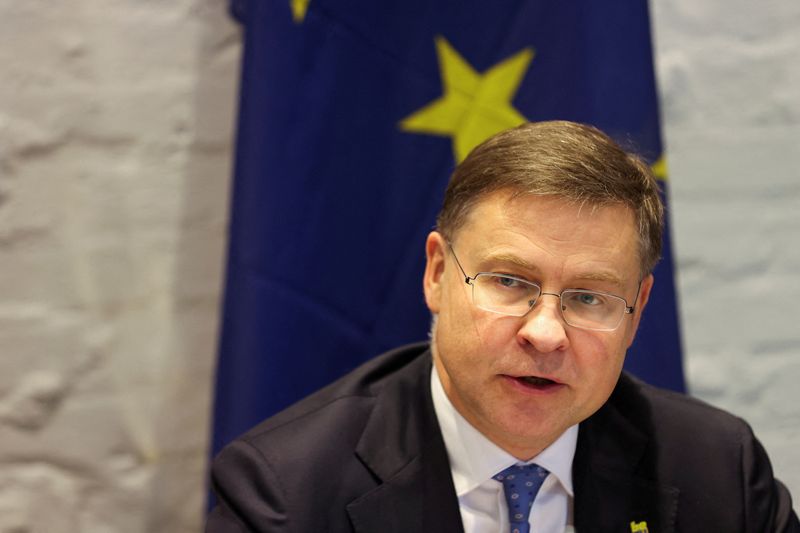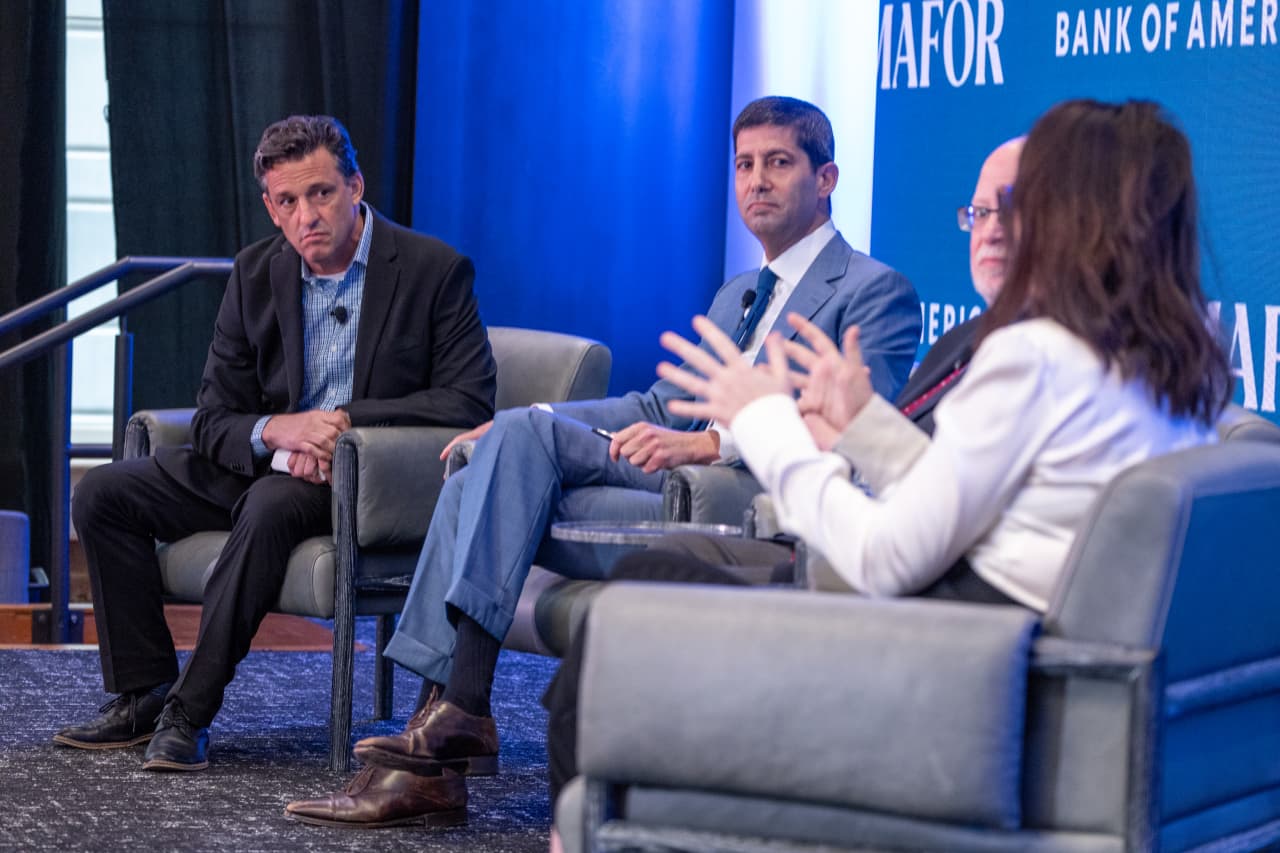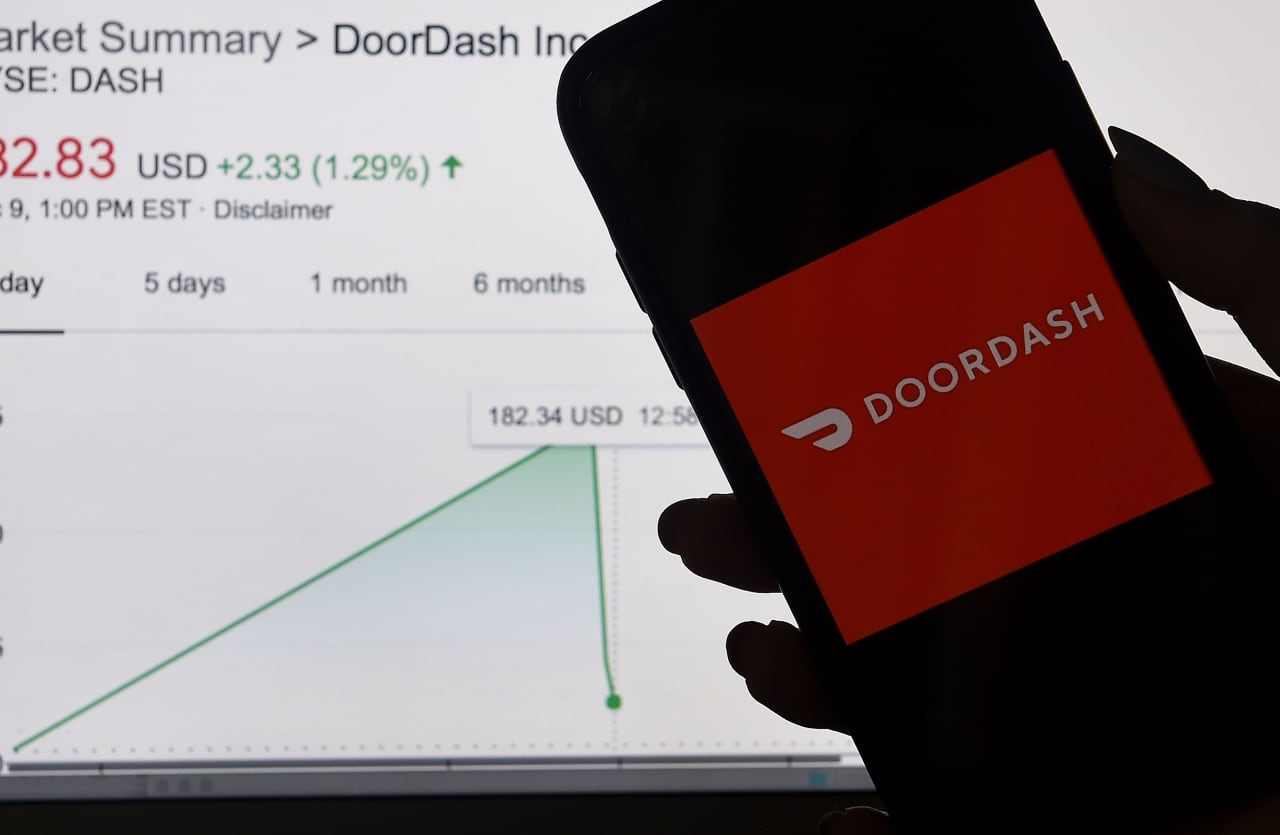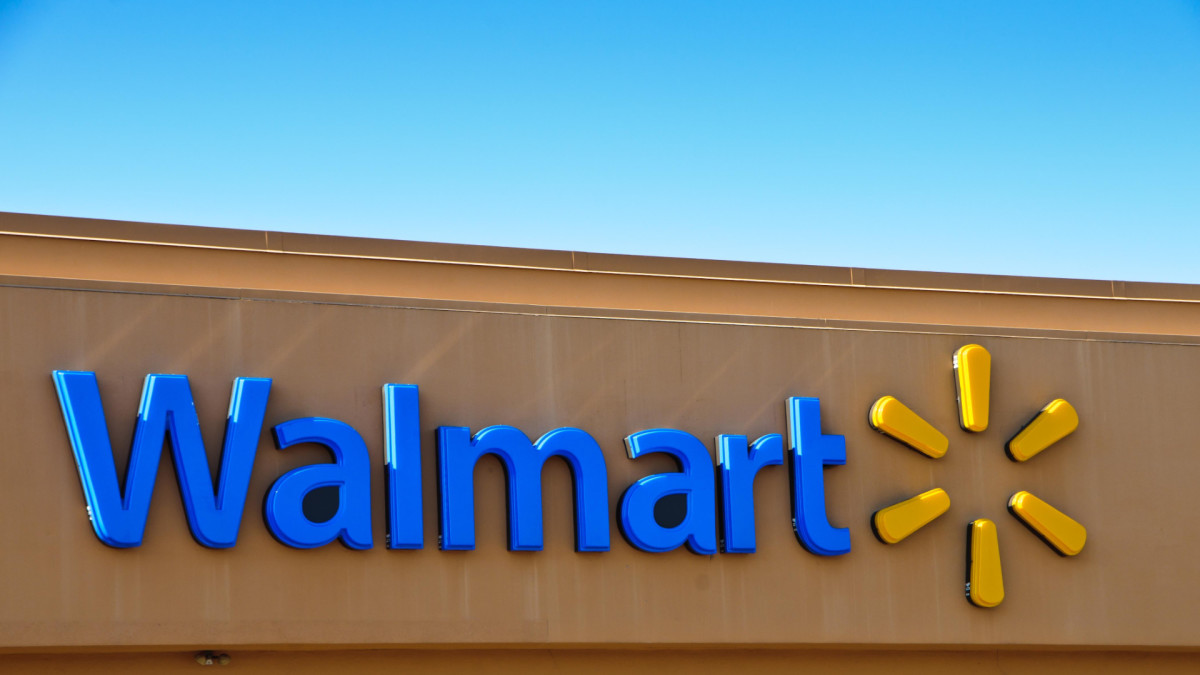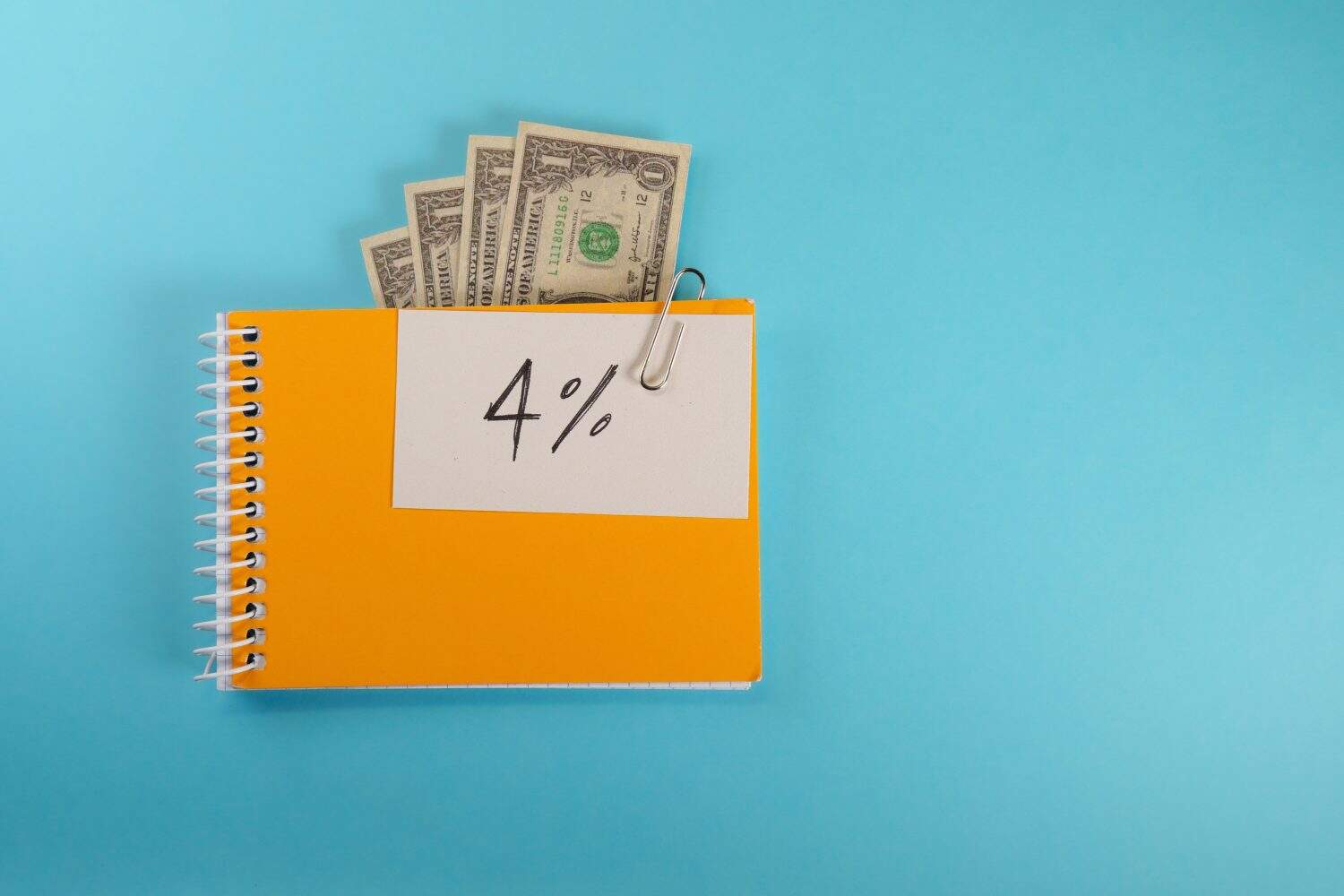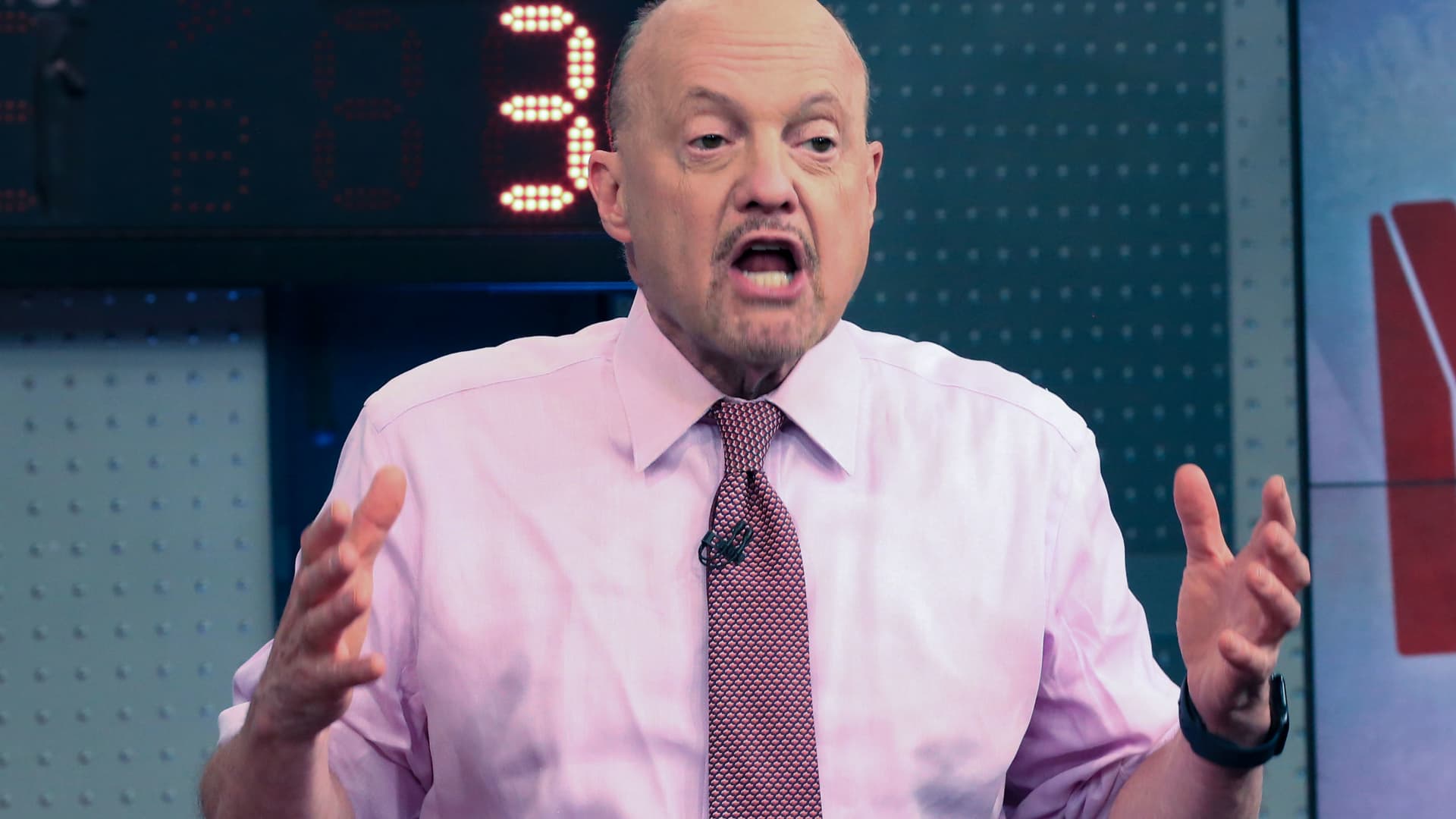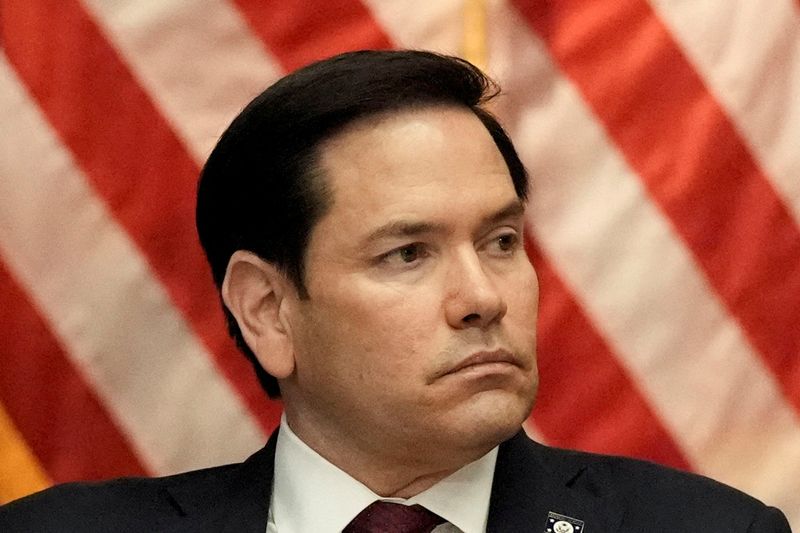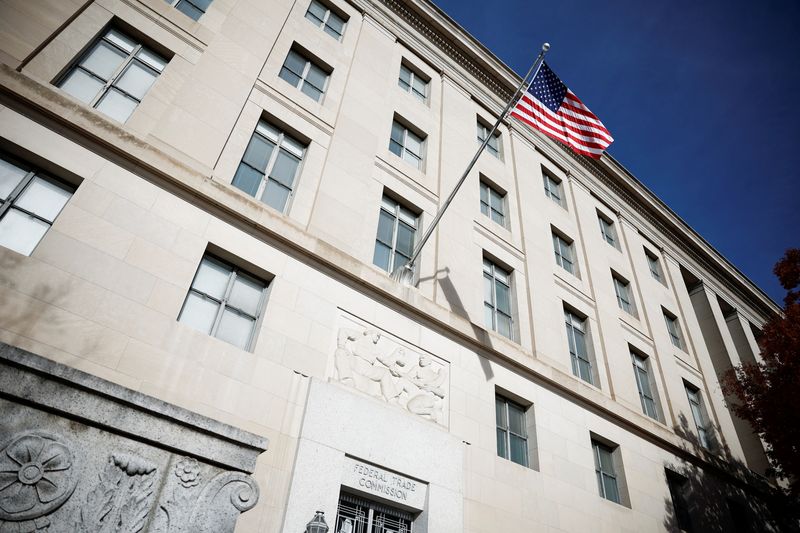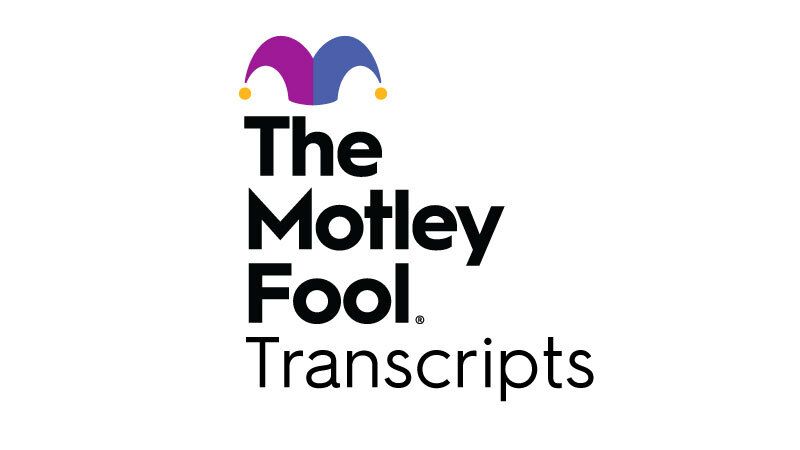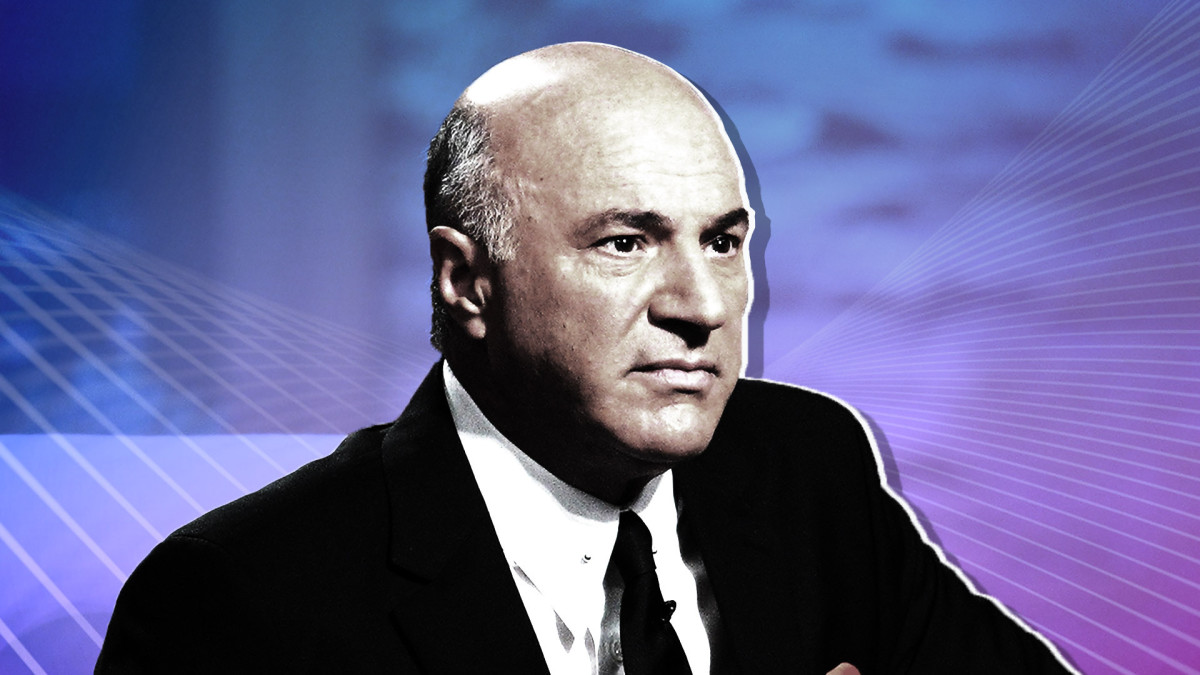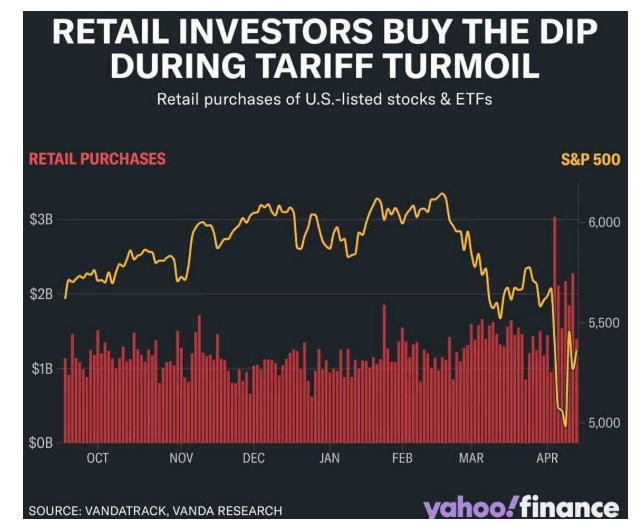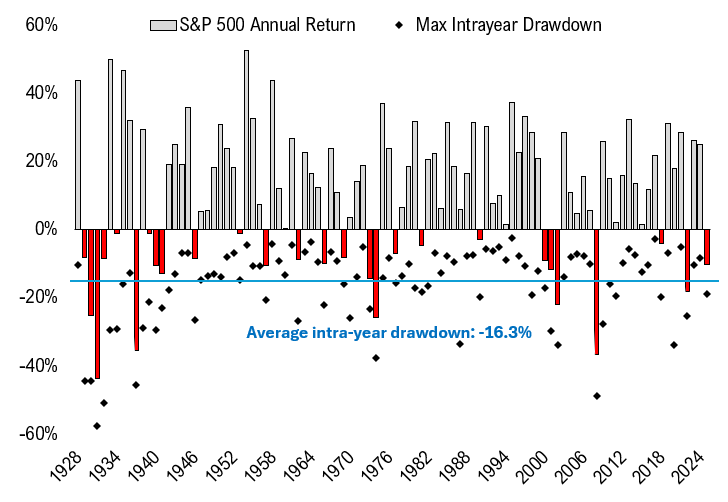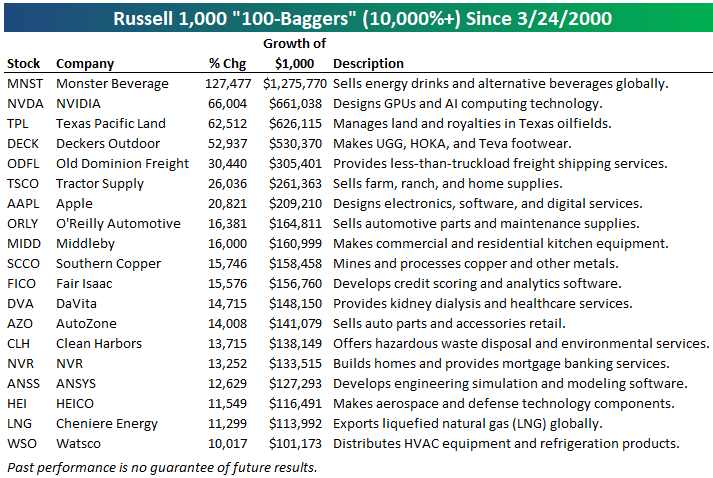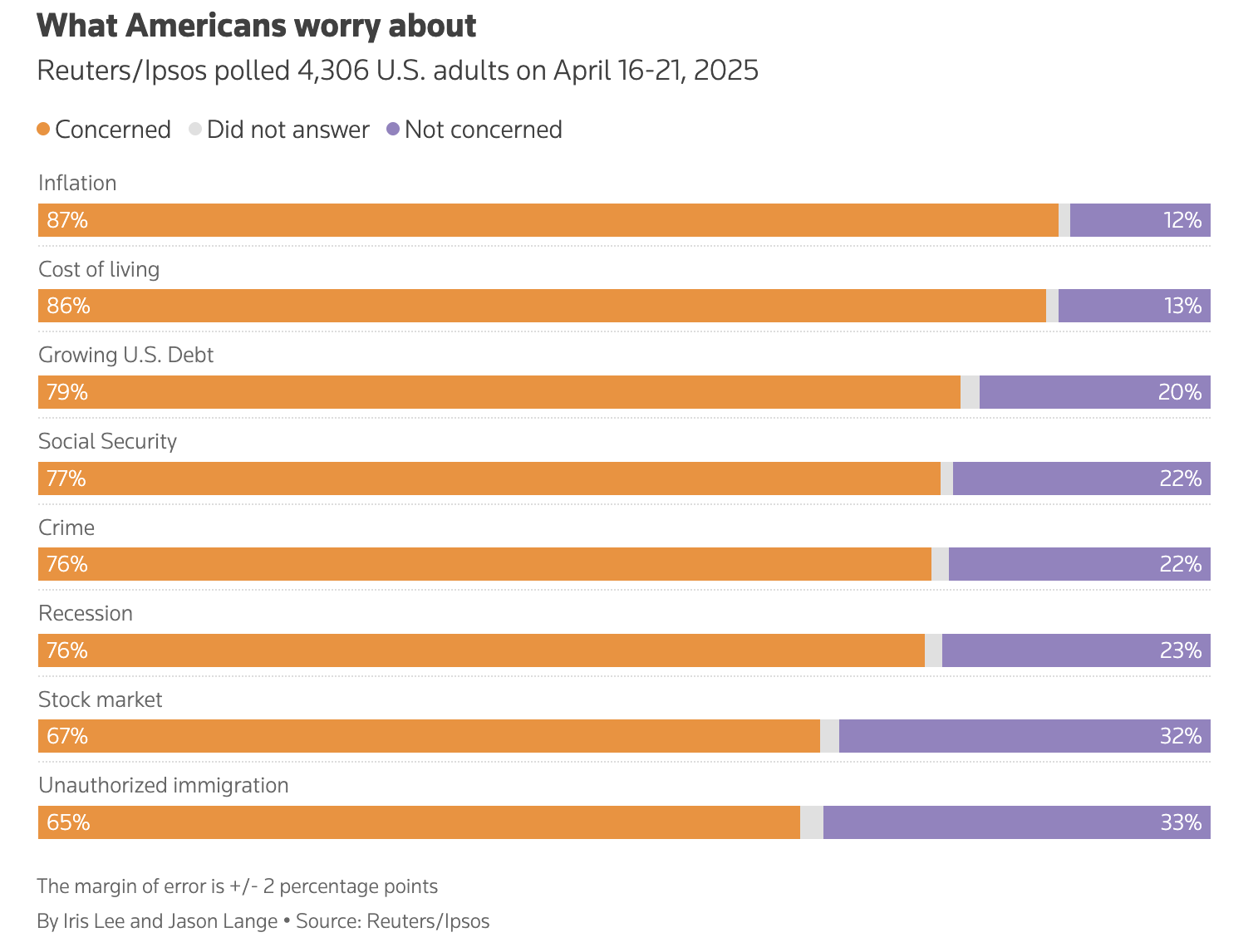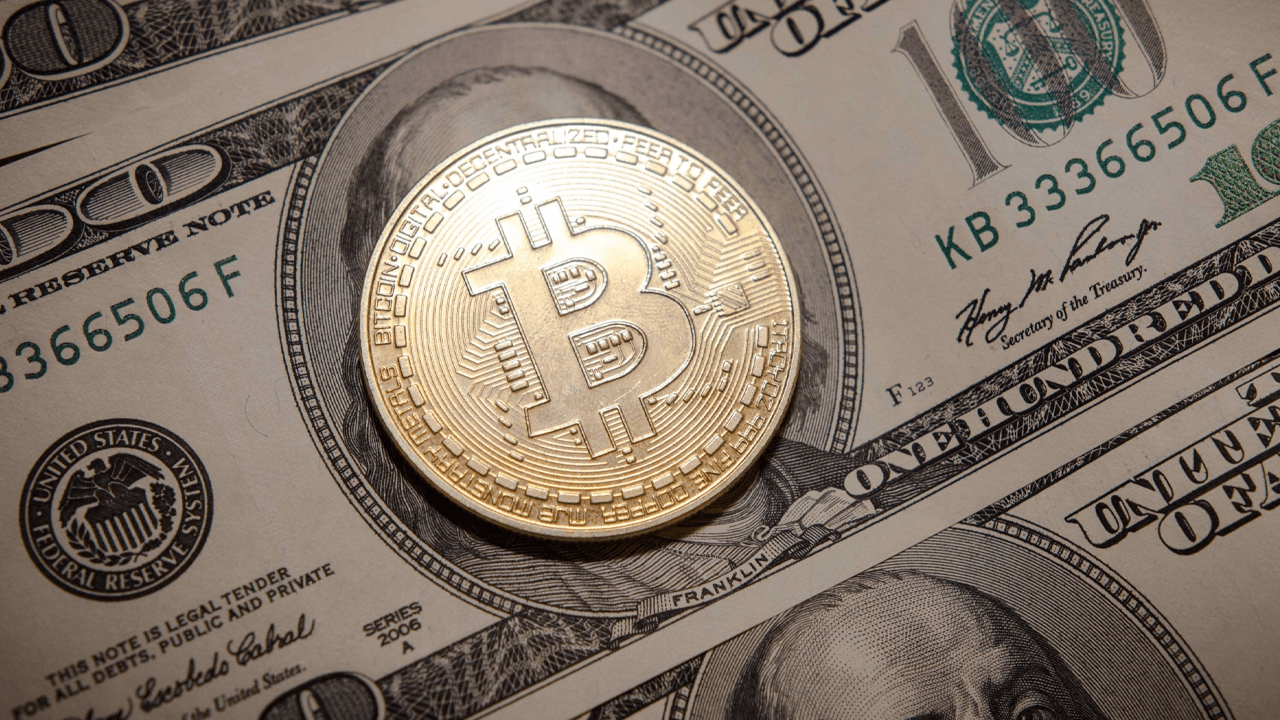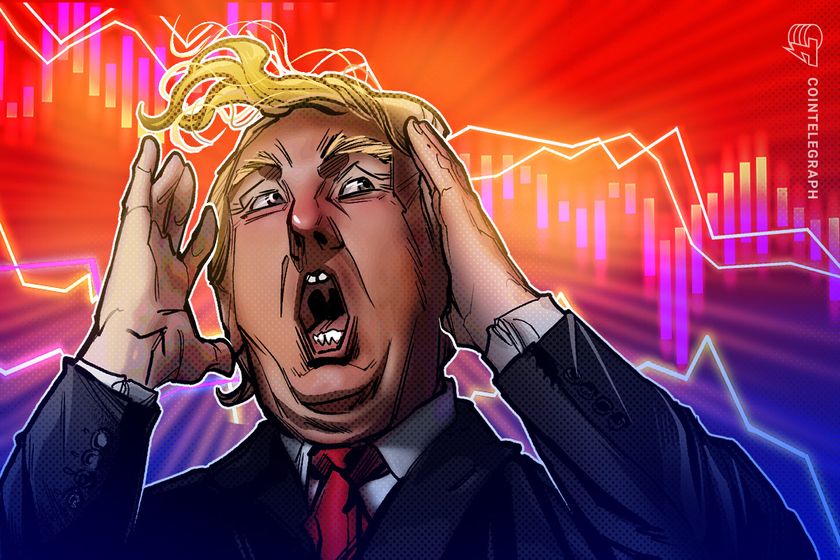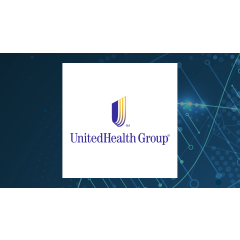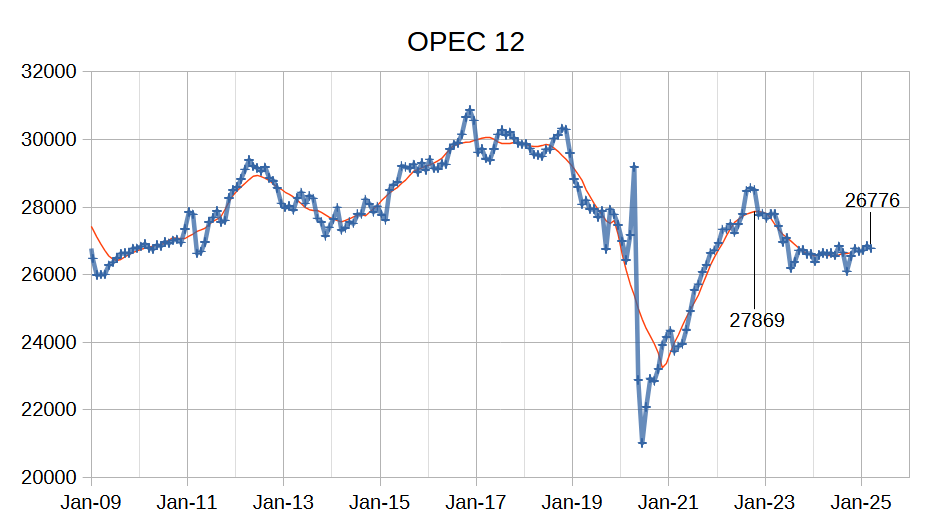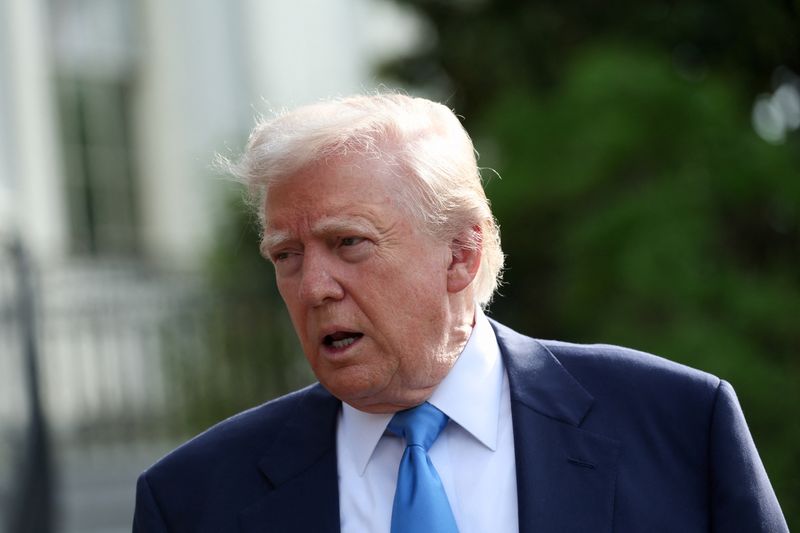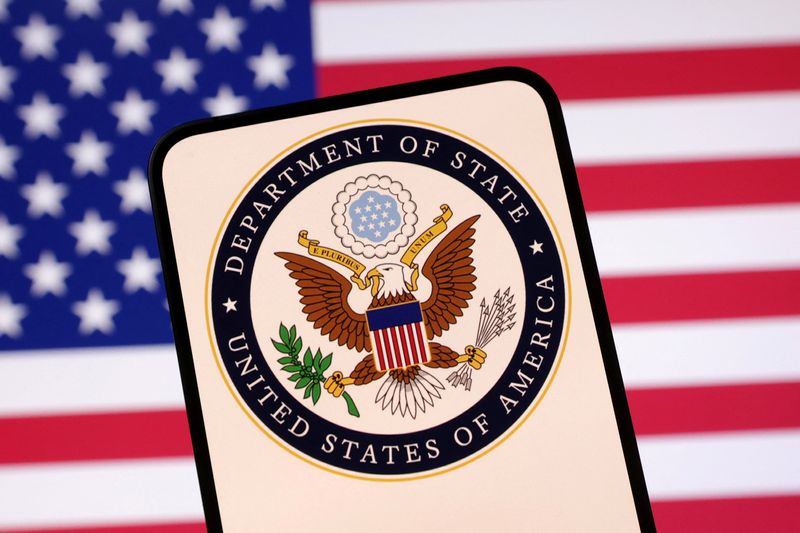Eli Lilly Will Be the Next $1 Trillion Stock
Eli Lilly (NYSE:LLY) is a pharmaceutical titan with an $815 billion market cap, putting it on track to be the next $1 trillion stock and the first healthcare company to do so. Trading at $852 per share, LLY stock would need to hit approximately $1,055 per share, a 24% increase, to achieve this milestone. Because […] The post Eli Lilly Will Be the Next $1 Trillion Stock appeared first on 24/7 Wall St..

Eli Lilly (NYSE:LLY) is a pharmaceutical titan with an $815 billion market cap, putting it on track to be the next $1 trillion stock and the first healthcare company to do so. Trading at $852 per share, LLY stock would need to hit approximately $1,055 per share, a 24% increase, to achieve this milestone.
Because of its dominance in the $150 billion GLP-1 weight-loss and diabetes market, robust financial performance, and innovative pipeline, this ambitious goal is readily attainable, despite competitive and regulatory challenges.
The skinny on fat-loss
Lilly’s leadership in GLP-1 therapies, particularly the potential for its oral drug orforglipron, fuels its rise. Announced earlier this month, orforglipron’s Phase 3 trials demonstrated significant weight loss and A1C reduction, rivaling injectable competitors like Novo Nordisk’s (NYSE:NVO) Ozempic. Due to its needle-free convenience, orforglipron is targeting a $50 billion oral GLP-1 market by 2030, with Bank of America forecasting $10 billion in annual sales.
The pharma giant plans submissions to the Food & Drug Administration for obesity in late 2025 and diabetes in 2026, reflecting confidence in the drug’s approval and rapid adoption. Lilly is already stocking $550 million in pre-launch inventory to prevent the sort of shortages that plagued its rollout of Mounjaro and Zepbound,
Orforglipron complements Mounjaro, which had $11.5 billion in sales last year 2024, and Zepbound, which continue to outpace Novo’s Wegovy in efficacy. Together, they are driving projected 2025 revenues of $58 billion to $61 billion, potentially surpassing the $59.2 billion consensus estimate.
A deep bench
Beyond GLP-1, Lilly’s $11 billion research and development investments power a diverse pipeline. Its Alzheimer’s drug Kisunla that received FDA approval in 2024, targets a $20 billion market, while oncology advancements, bolstered by its $1.4 billion Morphic acquisition, enhance the pharma’s portfolio. Retatrutide, a triple-agonist therapy, promises up to 25% weight loss, potentially adding billions of dollars by 2027.
These innovations, combined with expansions into China and India, support analyst projections of 15% annual revenue growth through 2030, positioning Lilly to outgrow peers like Pfizer (NYSE:PFE), which faces rapidly declining Comirnaty Covid vaccine sales and falling Paxlovid sales (down 70%).
Potential headwinds ahead
There are possible roadblocks for Eli Lilly, however. Challenges include competition from Novo Nordisk’s amycretin, which could capture oral GLP-1 share, and Viking Therapeutics (NASDAQ: VKTX) is also pursuing an oral formulation that will soon enter late-stage trials.
Tariffs are another hurdle as Lilly has an extensive presence in China, including a $200 million expansion of a manufacturing plant in Suzhou. That facility, though, is used for drugs sold in China and Europe.
Lilly is offsetting that with a $9 billion plant it is building in Indiana with plans to spend another $4.5 billion for a “medicine foundry” on the site. The pharma has spent $23 billion in the U.S., including a $1.7 billion site in North Carolina expected to come online in 2027. Last month it also said it would build more manufacturing in the U.S.
An attractive valuation
Lilly’s valuation, while seemingly stretched at a forward P/E of 38, is justified by its 2025 earnings forecast of $22.50 per share to $24.00 per share, reflecting robust earnings growth. It also stands below its five-year average of 45.
The average analyst price target of $1,017, with Citigroup at a high of $1,190, suggests 19% to 40% upside. A 14% stock surge following orforglipron’s trial results, signals strong market sentiment about its future growth while LLY’s 0.6% dividend yield, though low, adds stability and appeal for income investors and those with a long-term mindset.
Key takeaways
If Lilly sustains its revenue growth trajectory and meets Wall Street’s 42% long-term annual earnings growth rate, LLY stock could achieve $1,000 per share by 2027 and hit a $1 trillion valuation with modest share count adjustments. In February it announced a $15 billion stock buyback program.
By 2030, Lilly’s GLP-1 market leadership, diversified pipeline, and operational resilience will drive its valuation past $1 trillion. Continued trial successes, particularly for orforglipron’s mid-2025 obesity data, and global expansion will cement its dominance, making it a transformative force in healthcare and a magnet for investors seeking growth and stability.
The post Eli Lilly Will Be the Next $1 Trillion Stock appeared first on 24/7 Wall St..




